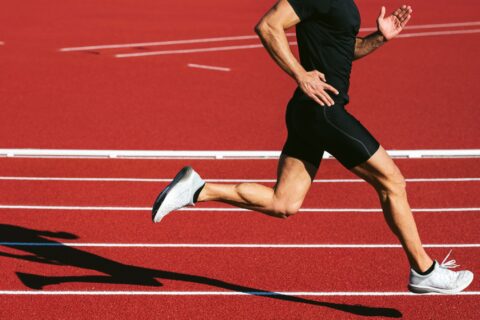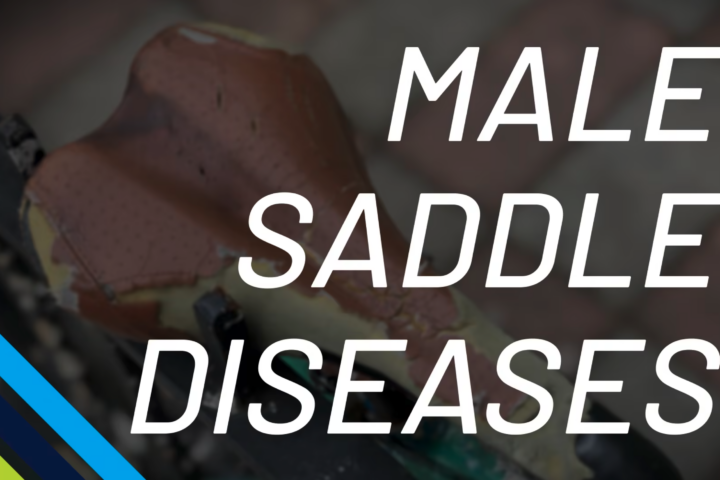
History of the Rolling Medical Enclosure and What to Do in an Emergency, with Dr. Andy Pruitt
Whether you’re a participant, event organizer, or volunteer, keep in mind Murphy’s Law – anything that can go wrong could (or will) go wrong. When one or more athletes are injured, you need to know what to do. We talk with Dr. Andy Pruitt about how to ensure the best outcomes.
















